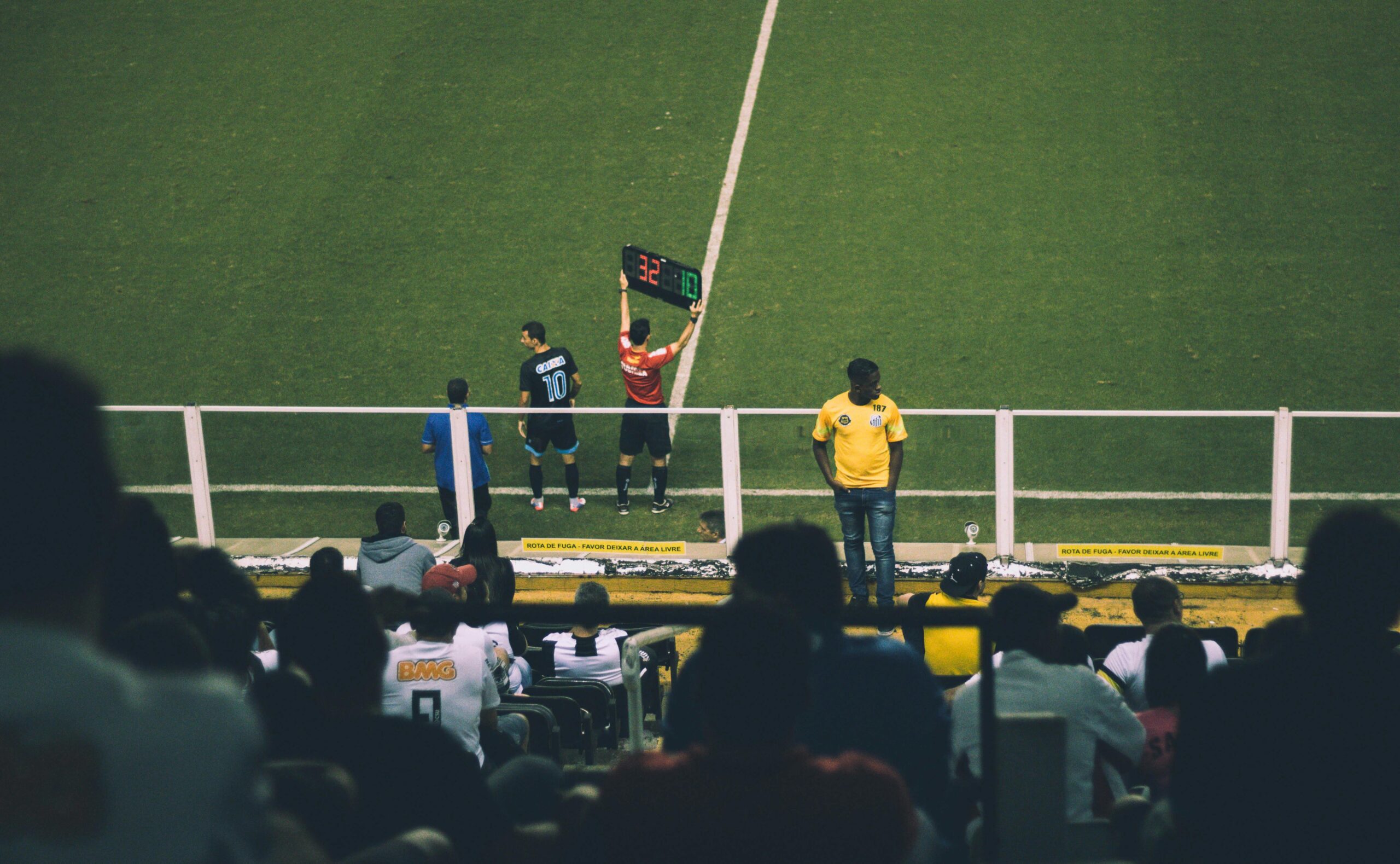Injuries: a major problem in football
Football clubs have always faced the problem of injuries. But, it has increased in recent years due to more matches. Players may play up to 70 matches a season. These injuries have a significant cost, both in terms of wages and team performance.
In the last six months of 2023, Real Madrid had 17 injuries. This included two for the entire season for Thibaut Courtois and Eder Militao. This is far from an isolated case in professional football.
Given these figures, every improvement is worthwhile. Machine learning is ideal for managing injuries. A machine learning model with a sufficient amount of data is capable of making predictions about the risk of injury.
Machine Learning can be a good assistant for the staff
Football is a data factory these days, with data from matches, training sessions and the gym. With all the different applications and sensors, such as connected shin pads, the environment is ideal for developing an artificial intelligence model.
Secondly, this type of machine learning model can also be developed given the financial stakes involved. To take the example of Real Madrid, if an injury to a player, whose salary is several million euros, can be avoided, the investment in the creation of this machine learning model will be considerable. The investment in the creation of this type of model will quickly pay for itself.
For this AI assistant for coaches and physical trainers to work, however, two rules must be respected:
Refine the model to make it usable: The algorithm must identify only 5-6 players at very high injury risk. If more players are identified, creating the team composition is likely to be very complex and the tool will quickly become unusable.
- Be able to explain the origin of a risk: To be able to work in collaboration with physical trainers, the AI created must clearly identify the reasons for the risk. This will increase the staff’s confidence and enable them to adapt their training sessions to the risk.
For more information on practical applications of this type, see our article on the Zone7 solution used by Liverpool FC.
If you would like to find out more about the use of machine learning in football, please contact our team.
